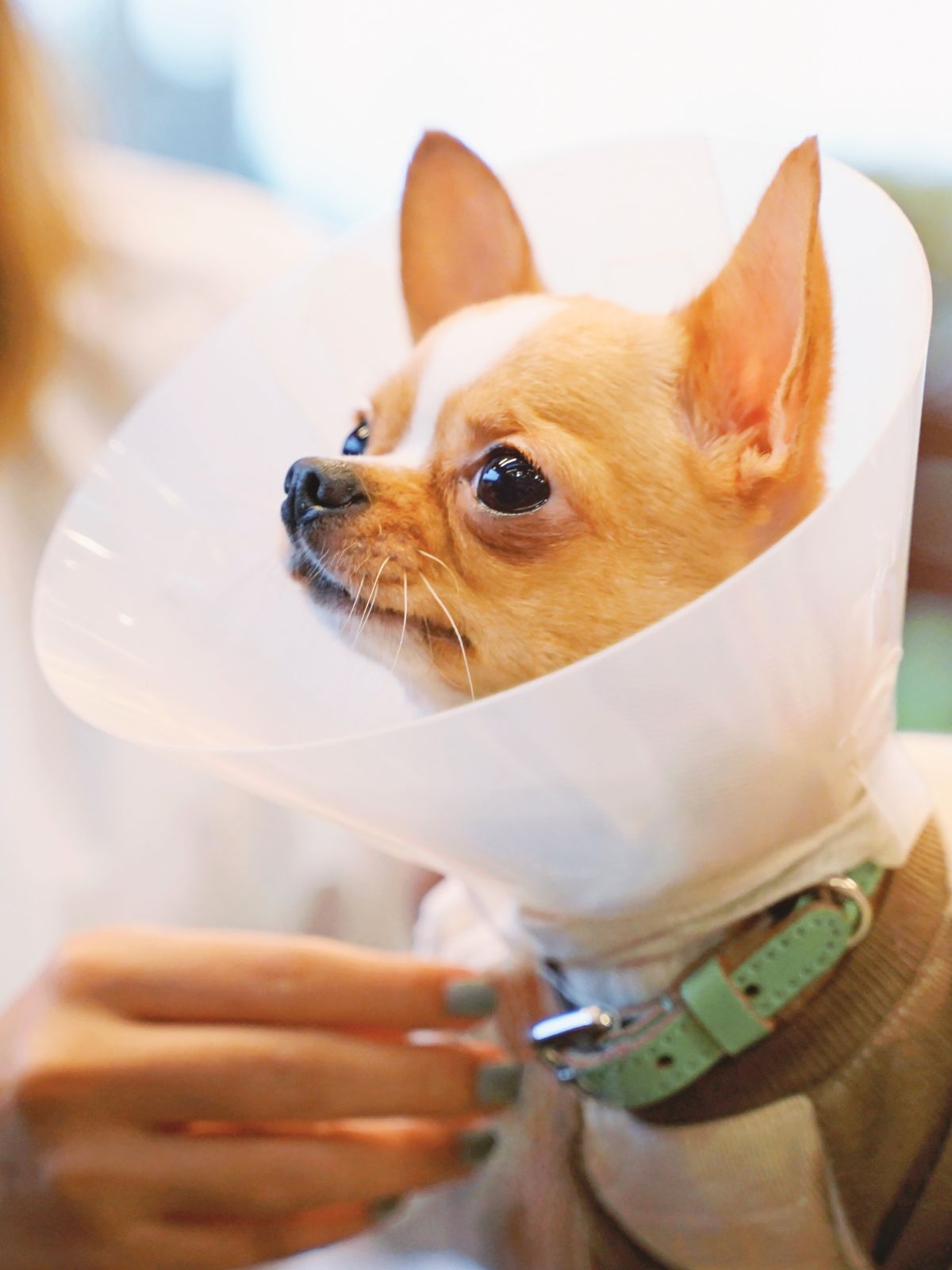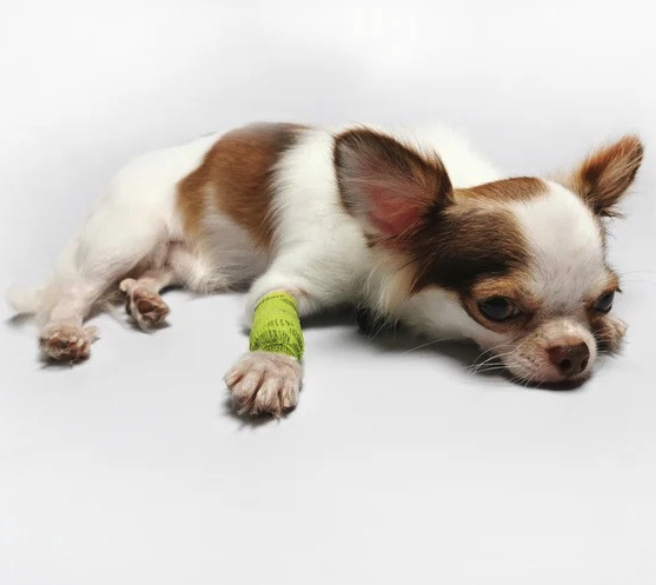Patella Surgery In Dogs
In-Home Rehabilitation to Support Stifle Stability, Reduce Pain and Restore Functional Mobility Following Medial or Lateral Stabilisation Procedures
Understanding Patella Surgery in Dogs
Patella surgery in dogs is commonly performed to correct medial or lateral patellar luxation—conditions in which the kneecap (patella) chronically slips out of the femoral trochlear groove. This misalignment can lead to pain, intermittent lameness, altered gait, and progressive joint degeneration. Surgical correction is typically indicated for dogs with Grade 3 or 4 luxations, or for lower grades that are symptomatic and unresponsive to conservative treatment.
Surgical techniques may include trochleoplasty (deepening the femoral groove to better accommodate the patella), tibial tuberosity transposition (realigning the attachment of the patellar tendon), capsular imbrication or release (tightening or loosening the soft tissues around the joint), and correction of femoral or tibial deformities in severe cases. The goal of surgery is to restore patellar tracking, reduce discomfort, and stabilise the stifle joint to prevent further biomechanical disruption.
Why Rehabilitation Matters
Rehabilitation is essential following patella surgery in dogs to restore normal stifle function, reduce postoperative discomfort, and support long-term joint stability. While surgery addresses the mechanical alignment of the patella, it does not resolve the associated soft tissue imbalances, muscle weakness, or altered neuromuscular patterns that often develop prior to intervention.
Without structured rehabilitation, dogs are at risk of persistent lameness, muscle atrophy, poor quadriceps activation, and compensatory strain on other joints and regions of the body. Early rehabilitation therapy helps modulate pain, maintain joint range of motion, and facilitate safe, progressive limb loading. As healing progresses, rehabilitation focuses on strengthening periarticular muscles, correcting gait asymmetries, and promoting coordinated, functional movement.
A structured post-operative plan is critical to reduce the risk of re-luxation, promote optimal healing of surgical tissues, and support a confident return to daily activity.
Rehabilitation for Patella Surgery in Dogs
Post-operative rehabilitation for patella surgery is focused on restoring stifle stability, improving limb function, and reducing the risk of complications such as re-luxation, persistent lameness, or muscle imbalance. Therapy is tailored to the type of surgical procedure performed, the dog’s stage of healing, and their individual response to surgery. In-home delivery allows for practical implementation of exercises and strategies within the dog’s own environment, where movement is most relevant and stress is minimised.
Treatment may include:
-
Manual therapy to reduce periarticular soft tissue tension, address compensatory restrictions, and support joint mobility
-
Therapeutic exercise to activate the quadriceps, hamstrings, and hip stabilisers, promoting balanced strength and controlled limb use
-
Proprioceptive training to improve joint position sense, coordination, and postural stability
-
Laser (PBMT) to manage inflammation, support tissue healing, and modulate post-surgical pain
-
Gait retraining to correct asymmetrical movement patterns and encourage safe, progressive weight-bearing
-
Home exercise programs to maintain gains between sessions and reinforce targeted neuromuscular control
-
Owner guidance on activity restrictions, safe progression of movement, and environmental modifications to reduce joint strain
This structured, multimodal approach supports a return to confident, functional mobility while reducing the likelihood of complications and optimising surgical outcomes.


